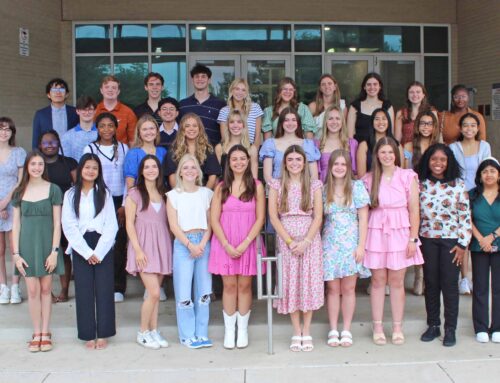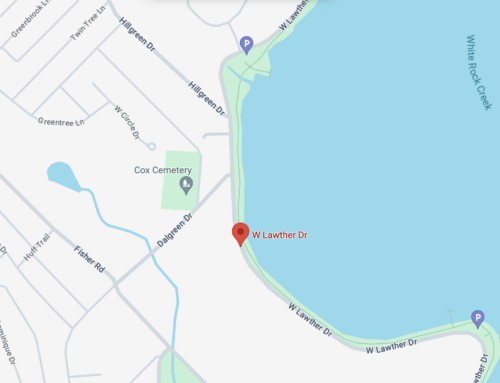Richardson ISD officials held a second meeting last night to present plans to move Lake Highlands 9th graders to LHHS. The idea is part of an overall strategy to address secondary enrollment growth, caused by the “re-greening of LH,” and programmatic needs, dictated by the state. The proposal includes the repurposing of many of LHFC’s first floor spaces for new career and technology (CTE) programs (formerly called vocational) and an Early College High School (ECHS), to be housed on the second floor.
You can read my recap here of the first meeting and of my opinion here.
It was clear many parents were in attendance to voice opposition to the loss of the freshman center. “We love our freshman center,” said one attendee in a comment echoed by others. “It is successful and it’s working to bond our kids as a class and prepare them for the high school.”
Waggoner countered that LHFC students were last in RISD test scores and first in the district’s dropout rate. I asked if she thought attending LHFC gave LH students a competitive disadvantage.
“It could,” replied Waggoner. Transition is difficult, she said, and LHFC makes two transitions necessary. LHFC students also lose instructional time if they move between LHFC and LHHS for classes (many do), and, if they don’t, they lack exposure to the high school teachers, connections and experiences that RHS, Pearce and Berkner students get.
LHFC Principal Bill Gallo and LHHS Principal Frank Miller weighed in, sharing demands on infrastructure and staff which strain the system. Floating teachers, freshmen who’d like to feel more a part of Wildcat activities, and scheduling snafus were mentioned as behind-the-scenes battles complicated by two campuses. Teachers and counselors who stay with students for four years can have a greater impact, they said.
In answer to questions, (1) no, the LHFC cannot be joined with LHHS by addition of a bricked-in walkway (a fire lane lies in between), (2) yes, more LH students will participate in CTE programs than ever before based on state mandates so more space is needed, (3) yes, building CTE facilities at LHHS with bond monies is an option (4) yes, combining 9-12 creates a bigger LHHS but freshman welcome programs will help freshmen manage the size, and (5) no, lacking a 9-12 building does not jeopardize any state funding or significant endorsements.
Former Dallas City Councilman Alan Walne, parent of LHHS graduates and grandparent of current LH students, expressed frustration.
“What I see is a lack of consistent planning over ten years,” said Walne. “You seem to forget that the reason we have a freshman center is because of push-back by LH parents when the RISD planned to build a new junior high.
“My concern now is that the lack of strategic planning by RISD is mind-boggling. You guys need to go back and decide what you want to do. I’m concerned that some kids will be divorced from the high school – that they will not be included into the high school campus. My point is: what is the best thing? You guys are knee-jerking. We’re now at the next crisis phase, and there’s a total lack of comprehensive planning. I don’t know what’s driving the train here.”
If you’d like to hear the presentation, ask questions and/or make comments, the final scheduled meeting will be held Thursday, Oct. 23 at LHJH’s library. After Waggoner and RISD collect input and feedback from LH stakeholders, she will make a recommendation and they will vote. No timeline for the vote has been set.
You can see the district’s actual and projected enrollment numbers here. Though LHFC’s capacity is 993, by 2020 it is expected to reach 90%, beyond which district experts say it is unworkable. LHHS reaches 90% of its 2277 capacity in 2022.
Year LHFC LHHS
2009-10 624 1635
2010-11 642 1659
2011-12 716 1672
2012-13 696 1738
2013-14 773 1718
2014-15 755 1758
2015-16 878 1750
2016-17 829 1847
2017-18 863 1882
2018-19 859 1962
2019-20 881 1949
2020-21 930 1988
2021-22 946 2042
2022-23 937 2108
2023-24 946 2147





